
Insects: an inevitable decline?
Insects are disappearing at an alarming rate, threatening nature’s ecosystems. But solutions exist.
Texts by Sébastien Fragoso - Published on , updated on
In January 2020, 70 researchers from 21 countries sounded an alarm in the journal Nature Ecology & Evolution, insisting on the urgency of the need to stop the decline of insect populations, which are plummeting worldwide. More than a third of species could disappear in coming decades. Insects have survived every mass extinction but they now face new threats, with human activities and climate change at the top of the list. This “insect apocalypse” had long gone unnoticed. Sometimes disliked or regarded as insignificant or harmful, insects are actually indispensable to nature’s ecosystems and to our own survival. What can we do about this widespread, massive decline? An update on the state of current knowledge and possible solutions.
An unprecedented decline
By the 1990s, scientists were beginning to suspect the scale of the extinction. But demonstrating this has taken time.
Anyone who used to drive in the country years ago can recall having their windscreen covered with an abundance of squashed insects. Today, you can drive hundreds of kilometres without encountering this problem. The ‘windshield phenomenon’ reflects a sad reality: insects are not doing well. This was demonstrated in 2017 by what is known as the Krefeld study (1). In nature reserves near the German city of Krefeld, amateur entomologists collected flying insects over a period of nearly 30 years. The conclusion of the study was unequivocal: in three decades, there was a 78% decline in their biomass! The spectacular nature of this drop had the effect of a media bomb. In 2019, this study was included in a comprehensive review of 73 insect reports around the world in the preceding 50 years (2). Although some of these reports were criticized for being restricted to local examples or a lack of conclusive data, this ambitious review confirmed the gravity of the situation, with however one qualification: in April 2020, a meta-analysis found that freshwater insect populations have increased over the last thirty years.(3) More than 40% of the world’s insect species are in decline or threatened with extinction, twice as many as vertebrates. Lepidoptera (butterflies), hymenoptera (bees, ants), coleoptera (beetles, ladybirds), and odonata (dragonflies) are among the most affected species. Today scientists agree that we are experiencing the most dramatic episode of extinction since that of the dinosaurs.
(1) PLoS One, October 2017
(2) Biological Conservation, April 2019
(3) Science, April 2020
The Malaise trap, a privileged instrument
The Malaise trap, named after the Swedish entomologist René Malaise who invented it in the 1930s, is used to collect flying, walking and jumping insects. Once caught inside the netting, the insects are channelled to an opening at the summit and then fall into a cylinder containing alcohol. The insects are then weighed and identified to monitor population size (changes in biomass and in the number of individuals) and diversity (variety and frequency of appearance of species). The entomologists working on the Krefeld study used these traps to collect 40 to 80 million insects – a treasure that records their decline in Germany over a period of 27 years.
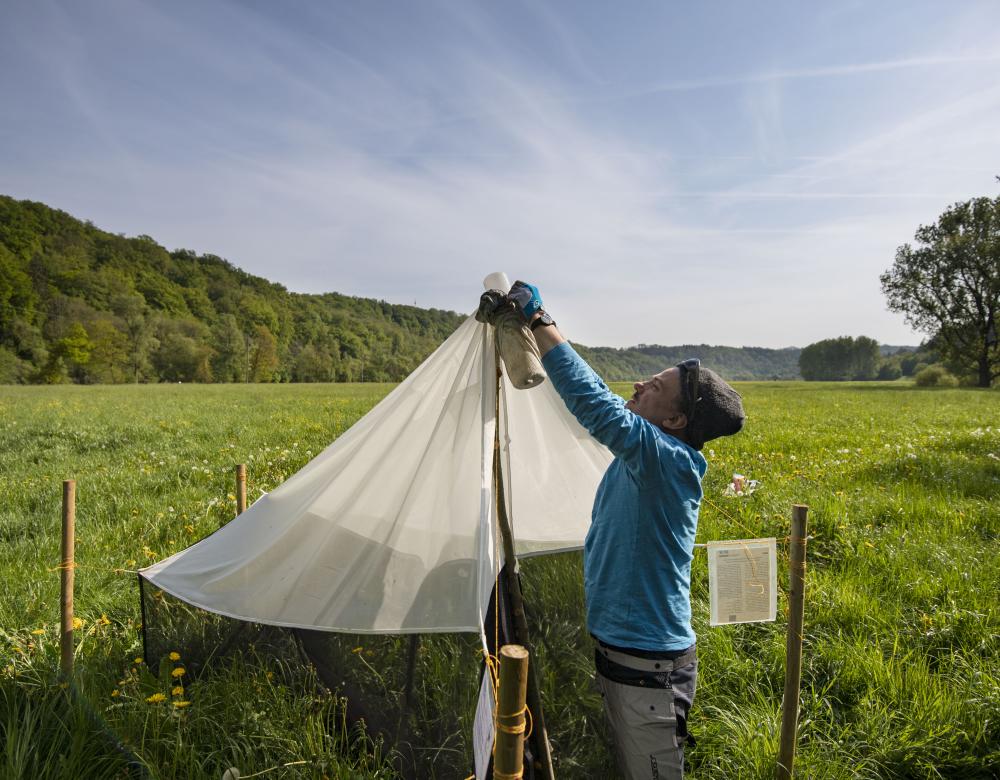
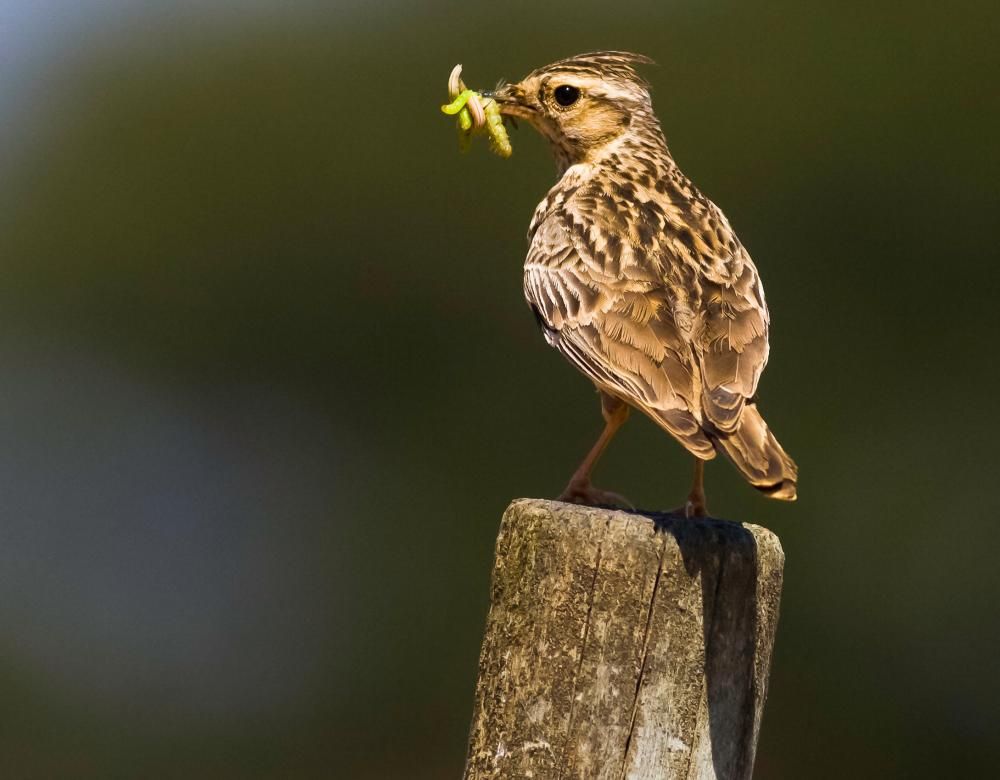
The silence of birds
The decline of insects leads to a decline of birds, 60% of which are insectivorous. Will spring be “silent,” as American ecologist Rachel Carson predicted already in the 1960s? In France, the various tracking programmes have shown a vertiginous decrease: on average, in 17 years, a third of the birds have disappeared from our countryside! The drop is even more significant in species connected to farmland – and seldom found in other types of habitat – such as the lark. This observation places the blame squarely on our farming practices. In a cascade effect of secondary extinctions, insect decline affects all living things.
Why are they disappearing?
The probable causes of insect decline are multiple. But although the list is known, it is difficult to rank their importance.
Human activity has deeply modified the landscape. Urbanization, agriculture and transportation networks have developed to the detriment of natural habitats for insects and ecological corridors. In this fragmented landscape, communities survive in isolated clusters that make them more vulnerable to parasites, diseases and weather-related events. The attempt to increase production at the lowest possible cost is what spurred the development of intensive agriculture. But the insecticides and pesticides used for this purpose cause considerable damage to insects, especially when used in tandem. They reinforce the toxicity of parasites and diseases: this is the case for neonicotinoids, which weaken the immunity system of bees, when it does not simply make them unable to find their way back to the hive. Nitrogen inputs promote grass growth at the expense of flowers, turning the resulting expanses of grass that dot the landscape into veritable ‘green deserts.’ By entering waterways, agriculture products also disrupt aquatic habitats that are indispensable for the reproduction of many species. Added to this list are industrial, light and noise pollution, climate change, and the proliferation of exotic or parasitic species, often introduced by humans, deliberately or not. It isn’t easy for scientists to determine the respective weight of each of these factors in insect decline, and therefore to rank them. That said, we know enough about these causes to consider solutions.

The dark effects of artificial light
In the middle of the night, a multitude of flying insects flutter around in the halo of a city light. Accustomed to navigating in relation to the Moon, they find themselves trapped in the orbit of this light and, by sunrise, a third of them will die. Long overlooked, artificial light is now considered an important factor in insect decline. Impairing nocturnal pollinators weakens fruit production which in turn affects diurnal pollinators. Solutions though are easy to put into practice: prefer lighting that can be dimmed or motion sensors, avoid radiating cones of light… or simply turn off the light.
Intensive agriculture is held responsible
According to Sánchez-Bayo, author of the 2019 comprehensive review, our agriculture practices, and in particular the use of pesticides, are the main driver of insect decline. The extensive areas dedicated to monocultures, from which wild grasses are eliminated, limit the diversity of the species that can live there. By fragmenting the countryside, these farmlands reduce insect dispersal and undermine the genetic diversity of isolated communities. Intensive tillage and ploughing destroy the eggs in the ground. Scientists are therefore advocating that the entire agriculture system, from production to consumption, be reshaped.
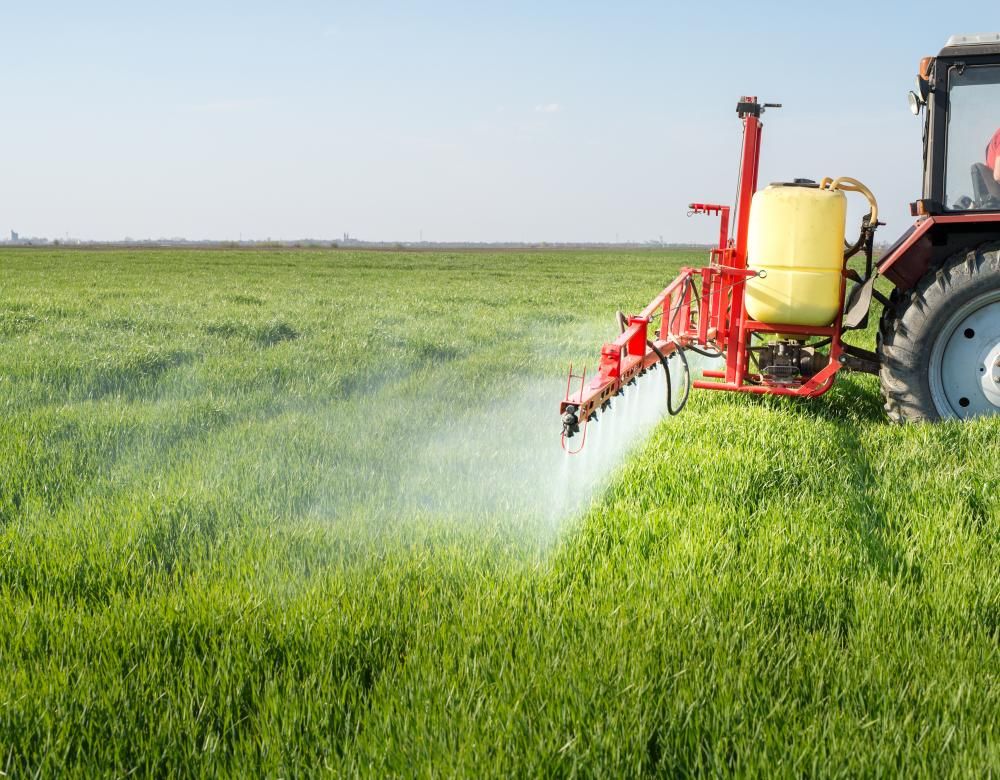
Cities serving the needs of biodiversity ?
Cities destroy biodiversity but they can also promote it by encouraging initiatives favourable to ecological continuity.
In France, cities comprise 22% of the country. With their concrete expanses, their round-the-clock lighting and their bustling human activities, they hardly seem conducive to a thriving population of insects. Many species have managed nevertheless not merely to adapt, but actually to find refuge there. First, because cities are heat islands. Temperatures there are 3 to 10 °C higher than in surrounding rural areas. Next, because city parks and balconies provide flowering beds all year long. This is the case for Paris which prides itself on containing 1,316 plant species. One study* found that suburban areas with varied plant life in France had a greater diversity of bees, albeit a smaller number, than rural areas. However, other studies have demonstrated that cities reduce biodiversity: a single species of tree, for example, is home to less life in the city than in the country. Urban ecology proposes measures to make cities more welcoming: with green walkways, bodies of water, and ecological continuity between natural sites to allow insects to circulate freely. This is precisely what the city of Oslo did. In 2015, by encouraging private individuals to grow flowers on their balconies and businesses to maintain rooftop gardens, it created the first “bee highway.” The goal: to ensure the presence, every 250 metres or so, of groves and melliferous flowers for bees and other pollinators. This initiative also serves to raise awareness of environmental issues among urban residents.
* PLoS One, August 13, 2014
The motorway challenged by the hermit beetle
At the beginning of the 2000s, Osmoderma eremita became the talk of the town: the presence of this protected beetle led to suspending construction of the A28 motorway between Le Mans and Tours. Construction was completed after six years of discussions, and the hermit beetle became a symbol of environmental protection. Twenty years later, the species remains threatened. The sometimes centuries-old trees that form its habitat are gradually disappearing. The fact is that this landscape also serves as a refuge for species of bats, birds of prey and squirrels. The hermit beetle, a rare scarab, is therefore what is called an ‘umbrella species’: protecting such species benefits whole sectors of biodiversity.
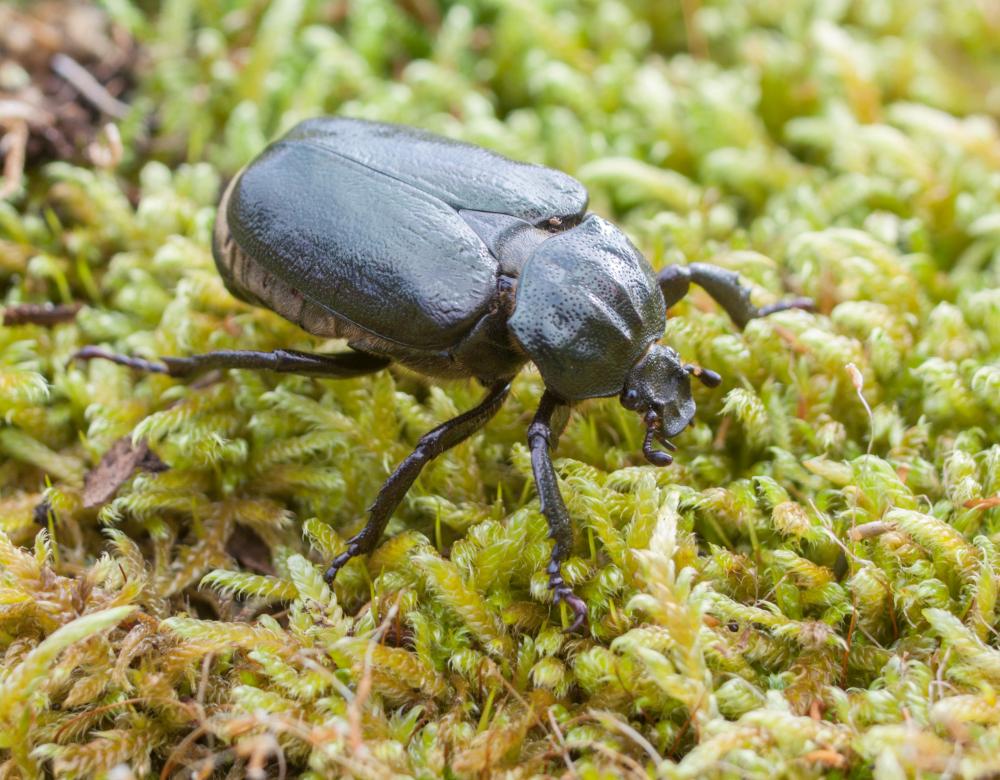
Solutions to reverse the trend
The decline is alarming yet reversible. Insects can reconquer a territory when adequate measures are taken.
In January 2020, scientists from around the world came together to propose a roadmap to reverse insect decline,* starting by cutting back on the use pesticides and fertilizers and applying a wide variety of farming and husbandry techniques that take into account local specificities. Several studies show that simple measures such as restoring natural areas and planting flowers and hedges can significantly increase agricultural productivity. More broadly, the scientists emphasize that landscape heterogeneity and connections between natural areas facilitate the reproduction and dispersal of more species. Today’s roads and railways are provided with “corridors of life” for wildlife to move from one side to the other. City dwellers can also do something about insects, by planting flowers on balconies, as long as they are local or wild plants adapted to the communities and more nutritious than ornamental plants, and by giving preference to organic products whenever possible. At the same time, the scientists are insisting that a list of herbivores, detritus feeders, parasitoids, predators and pollinators that need to be conserved be established urgently, as a matter of priority. They are hoping that this will be the basis for an ambitious global monitoring programme.
* Nature Ecology & Evolution, January 6, 2020
A bug hotel
A few pieces of wood, hollow stems, some moss or hay, pine cones… insect hotels are meant to promote biodiversity in public or private gardens by providing a place where a wide variety of species can sleep, breed and hibernate. Small, individual nests are preferable to large structures that attract predators and parasites. While the effectiveness of these hotels has not been proven, they remain a fascinating way to observe insect life, at home or in a city park, provided there are flowers in the immediate vicinity, of course.
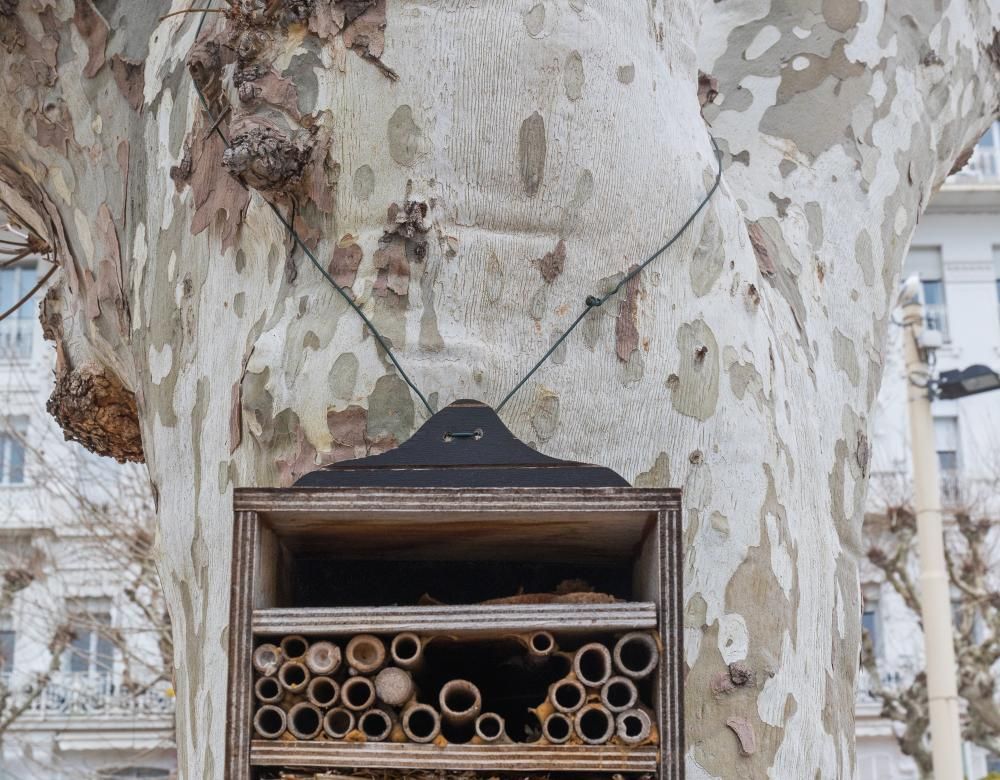
Climate-related uncertainties
Climate change is a key factor in the evolution of the natural milieu, a fact that only increases the uncertainties.
Scientists have long wondered about the role of climate change in insect decline. A 2018 study (1) in the tropical forests of Puerto Rico seems to bring us conclusive evidence: entomologists there reported a drop of up to 80% of insect biomass in the canopy and 98% on the ground since 1970! These forests are apparently not affected by direct human activity, but, as the authors of the study note, temperatures rose there by an average of 2 °C. Changes in temperature and humidity can impact the period of plant flowering, with the risk of making it out of synch with the periods of activity of their pollinators. This is already the case in the Colorado mountains, where some plants flower before bumble bees emerge from hibernation. Global warming is also changing the geographical distribution of plants, insects, predators and pathogens. Some species are conquering new territories, as is the case for butterflies which are now found in Northern Europe; other species in cold or mountainous regions are seeing their habitats shrink. More frequent episodes of intense heat are threatening plants and animals, such as the bumble bee, whose decline is the subject of a study by Canadian researchers who found that the habitat sites of these hymenoptera decreased in North America by 50% between 1901 and 2014 (2). Difficult to predict the resilience and adaptation of ecosystems in the face of such upheavals.
(1) Pnas, October 30, 2018
(2) Science, February 7, 2020
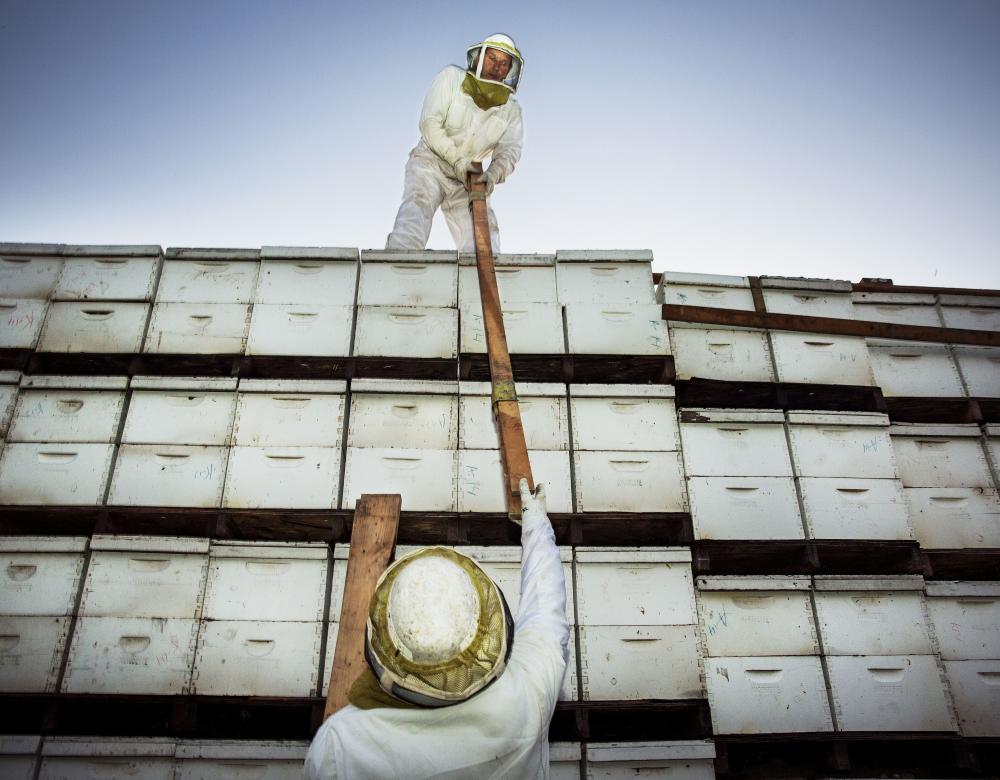
The transhumance of bees
As spring approaches, lorries drive across the United States laden with unusual freight: bee hives. They travel up to 4,500 kilometres to deliver them to almonds fields in California. With nearly 800,000 acres dedicated to this intensive culture, the activity of natural pollinators has become grossly inadequate. For this reason, farmers mobilize two-thirds of the bee hives in the United States for a transhumance that is costly in bee lives. And to lower costs, companies are beginning to develop drones to pollinate flowers with no need for the bees.

